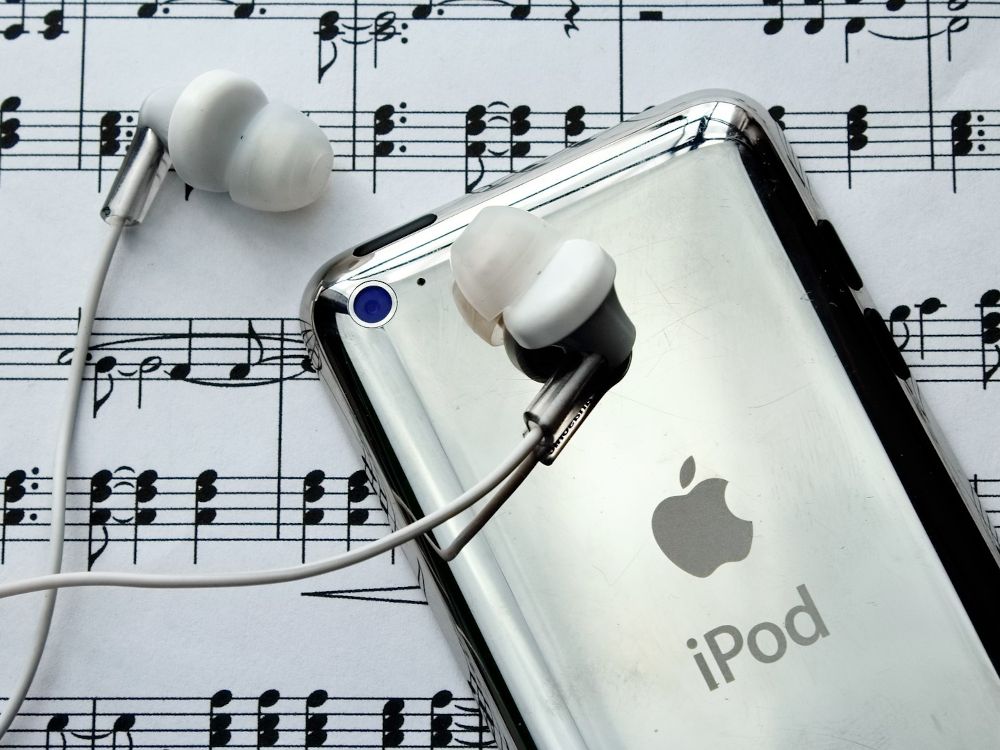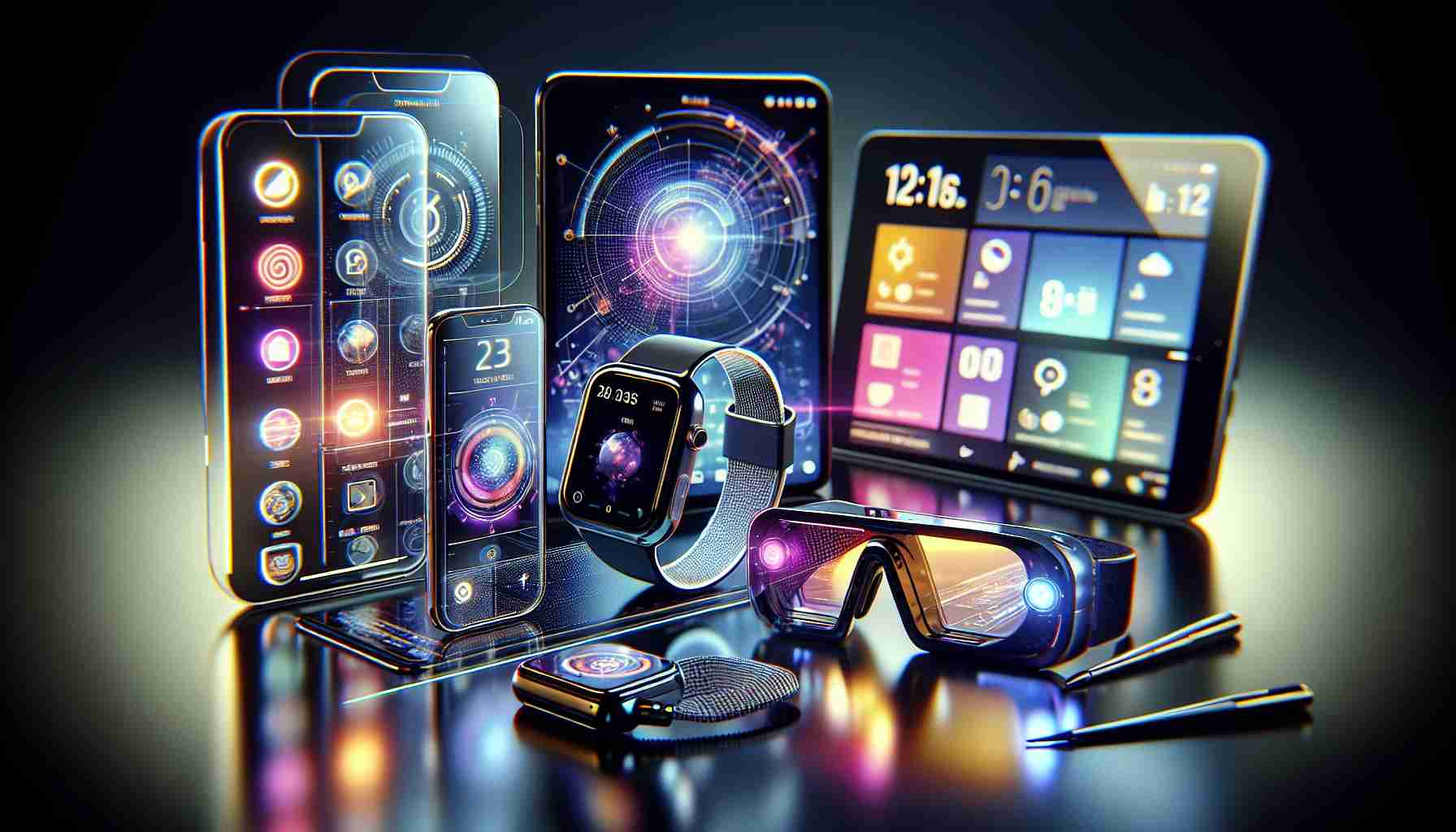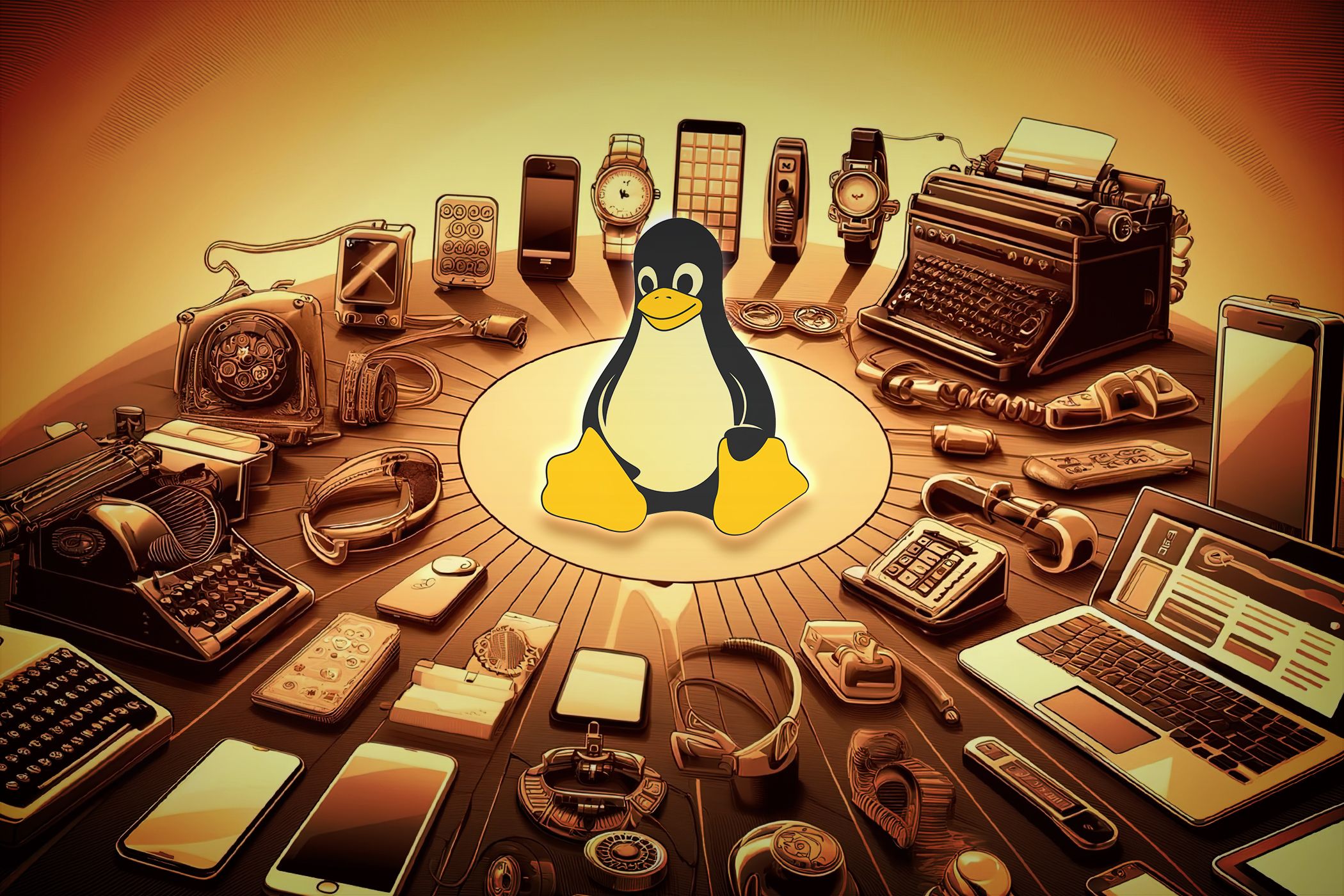Existing music apps haven’t handled classical music sensibly, and Apple has thrown Lockheed-Martin quantities of cash at the problem

Article content
Apple Inc., a company that exercises an awkward amount of control over my daily life and perhaps yours, is getting lots of praise this week for a new classical-focused interface in its computer music applications. I insert the word “computer” in deference to readers of my own vintage, but this is a concept that is rapidly receding from view: of course you’re playing recorded music on a “computer” of some sort, unless you’re some kinda hipster vinyl freak.
Advertisement 2
Article content
Anyway, hitherto-existing music apps haven’t handled classical music sensibly for about 20 years, and Apple, trying to win market share for its streaming service and hoping to exploit a moment of fashionability for classical music, has thrown Lockheed-Martin quantities of cash at the problem with some apparent success. The distinction between pop music and what we awkwardly call “classical” is, by nature, the distinction between a performing-centred tradition and a recording-centred tradition. A classical music fan might wake up wanting to groove to some Telemann, but it is just as likely he wants to look for music performed by a particular ensemble, conducted by some specific person or featuring some favourite soloist.
Article content
Advertisement 3
Article content
Moreover, there may be two or more recordings that share all these “metadata” features, but that were made 25 years apart and have pertinent or even extreme esthetic differences (think of Glenn Gould’s twin renderings of Bach’s “Goldberg Variations,” to take a simple and famous example). And don’t get me started on the typographical and linguistic problems with European (or anyone else’s) classical music. The search facilities for leading streaming and music-library apps haven’t kept up with the needs of classical enthusiasts — or people who might want to become one. Really, until this week, they never caught up.
The Wall Street Journal’s Ben Cohen has perhaps the best explanation of the issue for readers who don’t dig the European art-music tradition. (I’ll overlook his tin-eared mention of Apple’s “exacting standards” for music software. Come on, bro.) Those who do like classical music, and who have collected it, will sympathize with Bruce Kovner, former chairman of the Juillard board: “Kovner hacked together his own system — ripping thousands of albums, tagging the recordings to make them searchable and subscribing to Spotify and niche services like Idagio and Qobuz to fill the holes in his collection — because he was so exasperated by the streaming options.”
Advertisement 4
Article content
If you have a big collection of classical music in a digital format, you have probably had the experience of having to devote some energy to tedious library organizing. For those people, comparative listening to different versions of the same written music is the whole ballgame.
The pop-music fans who best understand the issue will probably be the handful of enthusiasts who venerate “jam bands,” a distinctive tradition within rock that started with the Grateful Dead. To jam-band people, no two recordings of “Fire on the Mountain” are alike, even if they might have been recorded on consecutive evenings. I can only imagine the kind of bibliographical hell such listeners find themselves in when they’re trying to use Spotify or Apple Music and enjoy their own collections. Maybe Apple can help them out, too: jam bands are in some ways spiritual cousins of orchestras, even though their operating ideology is tolerant of idiosyncratic or loose performances in a way that “classical music” mostly isn’t.
Advertisement 5
Article content
But, you know, the pop/classical distinction is itself going to dissolve over time; our great-great-grandchildren may not think of “the Beatles” as a collection of canonical recordings, but as great composers whose music has its own performance history. Anyone who cares about rock music can feel it undergoing the creepy McLuhanite transfiguration from living medium to art form.
And who is to say that symphonic and chamber music can’t make a comeback now that our devices have actually adapted somewhat to it? Audio technology is approaching a point at which portability doesn’t require current popular music to be mutilated by recording engineers. The next 50 years, I would suggest, might see a return to the dynamism and subtlety that characterizes the great classical recordings — and some of the pop made in the 1970s, when consumers were competing to have the nicest home stereo system.
National Post
Twitter.com/colbycosh
This column was originally published in the NP Platformed newsletter. Sign up here.
-

Chris Selley: iTunes is dead, and I am happy to dance on its grave
-

Colby Cosh: Neil Young CEO-splains to buyers why his digital music player failed






Comments
Postmedia is committed to maintaining a lively but civil forum for discussion and encourage all readers to share their views on our articles. Comments may take up to an hour for moderation before appearing on the site. We ask you to keep your comments relevant and respectful. We have enabled email notifications—you will now receive an email if you receive a reply to your comment, there is an update to a comment thread you follow or if a user you follow comments. Visit our Community Guidelines for more information and details on how to adjust your email settings.
Join the Conversation